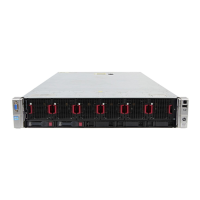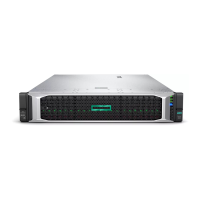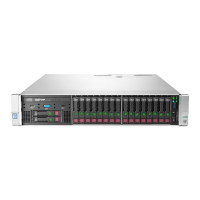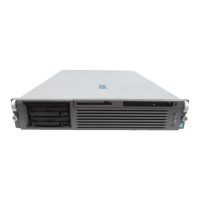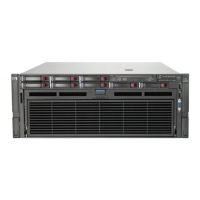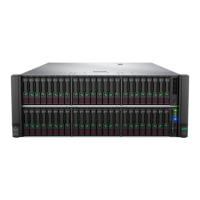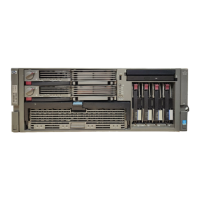Hyper-Threading technology
The Intel Xeon processor MP features Intel Hyper-Threading technology, which enables a single
processor to execute two applications or processes at one time by handling instructions in parallel. A
processor without Hyper-Threading technology has one architectural state and one set of execution
resources on the processor core (see Figure 6 left). The architectural state is a set of registers that track
program execution, and the operating system (OS) views this set of registers as one logical processor.
The execution resources process instructions from the OS and applications one at a time in a logical
order. During each clock cycle, a typical operation uses only a fraction of the execution resources
while the rest are idle. Hyper-Threading technology boosts processor utilization by using as many
execution resources as possible during each clock cycle.
Figure 6. Schematic showing how Hyper-Threading technology works
The OS views a processor with Hyper-Threading technology as if it were two logical processors—two
architectural states sharing one set of execution resources. This allows the processor to simultaneously
execute incoming instructions from different software applications by using out-of-order instruction
scheduling to keep execution resources as busy as possible. As a result, a processor with Hyper-
Threading technology can execute as many instructions as 1.5 processors. The result is a performance
boost during multi-threading and multi-tasking operations. The actual performance increase depends
on the independent operations being executed and the execution resources required to complete the
operation.
In a multiprocessing system, the OS manages the tasks performed by all processors in the system. To
take advantage of multiple processors, applications must be multi-threaded, which means they must
be capable of splitting instructions into multiple streams, or threads. The OS can allocate various
software threads to run on more than one processor simultaneously, which results in improved
performance. But the OS first needs to know the number of available processors so it can distribute
the optimum number of threads among the processors.
The system BIOS counts the number of processors so the OS can create the optimum number of
software threads for better load balancing. A table in the system BIOS records the number of
processors and tags each one as a physical or logical processor. Figure 7 illustrates the counting
order. The system BIOS counts the first logical processor on each physical processor. Then, in the
same sequence, the system BIOS counts the second logical processor on each physical processor. This
ensures that the OS uses separate physical processors as often as possible to maximize performance.
7
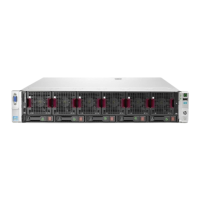
